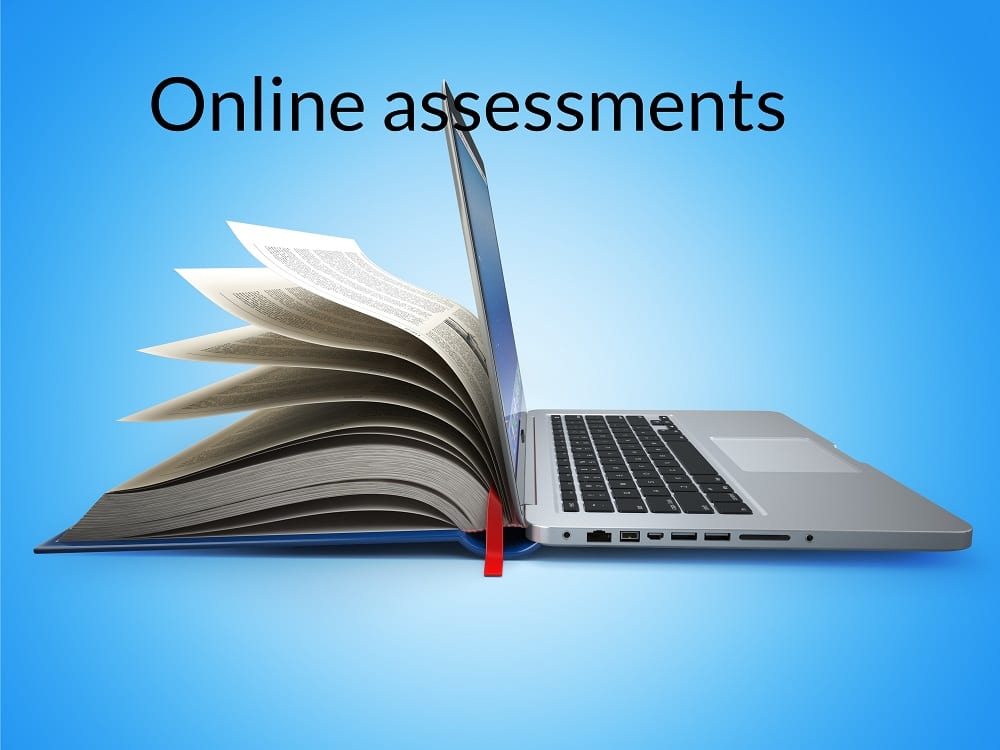Formative Assessments
Formative assessments give a glimpse into student knowledge at a certain point in the learning process. These assessments are usually used for feedback and are simple; classroom polls, think-pair-share, or charts are all examples of formative assessments.
Summative Assessments
Summative assessments are the other commonly used type of assessment. They are given at the end of units or courses to assess learning. These heftier assessments measure student achievement while providing data on student learning of content standards and program effectiveness.
Online Assessments
With learning going digital, online assessments provide a number of benefits not found with their paper and pencil counterparts. Online assessments are
- less time consuming
- easier to explore and organize data on student performance
- easily adaptable
- conducive to the collection of new data
While online assessments offer several benefits, they are more difficult to construct. Options and tools are available, but the question becomes how to harness that information and turn it into quality online assessments.
Summative Assessments in Higher Education
Let’s look at summative assessments in higher education. The first step in learning how to create a more effective version of something is to look at the current version. Assessments in higher education are a bit of a mixed bag given the vast differences in assessment ideology. Some focus on benchmarks or standardized tests, while others see learning mastery as the pinnacle. So how can all of this be used to create effective online assessments?
TEIs are an important aspect of meeting the needs of the 21st century students. Learn how to develop effective TEIs in this free article.
Four Tips to Design Effective Online Assessments
In order to create an effective assessment, one has to look at the big picture first and funnel that down to the specific items. Here are four tips to help in creating your next online assessment
1. Create Clear Rubrics
Rubrics provide a picture of the upcoming assessment. Clearly outline the topics and ideas you will cover in a course and specify how you’ll be grading them. This creates a map to follow when creating the assessment.
2. Establish the Purpose of the Assessment
How will you use the assessment scores? What type of data will you gather? These questions will help determine the assessment length, average difficulty of each item, and even test conditions. Setting a clear purpose before constructing an assessment will ensure the end goals are met effectively.
3. Include Multiple Assessment Types to Reach All Types of Learners
Keep in mind that you will have to reach learners with different learning styles, so it’s important to vary the types of items to create accessibility for all learners. Move away from multiple-choice-only assessments. Create an online assessment that includes constructed response questions, performance tasks, and technology-enhanced questions.
4. Embrace Continuous Improvement
Most importantly, continue to evaluate your assessments. Use the information from previous assessments to see what worked well and what still needs improvement. With an attitude of looking backward, assessments will continue to become more effective.




